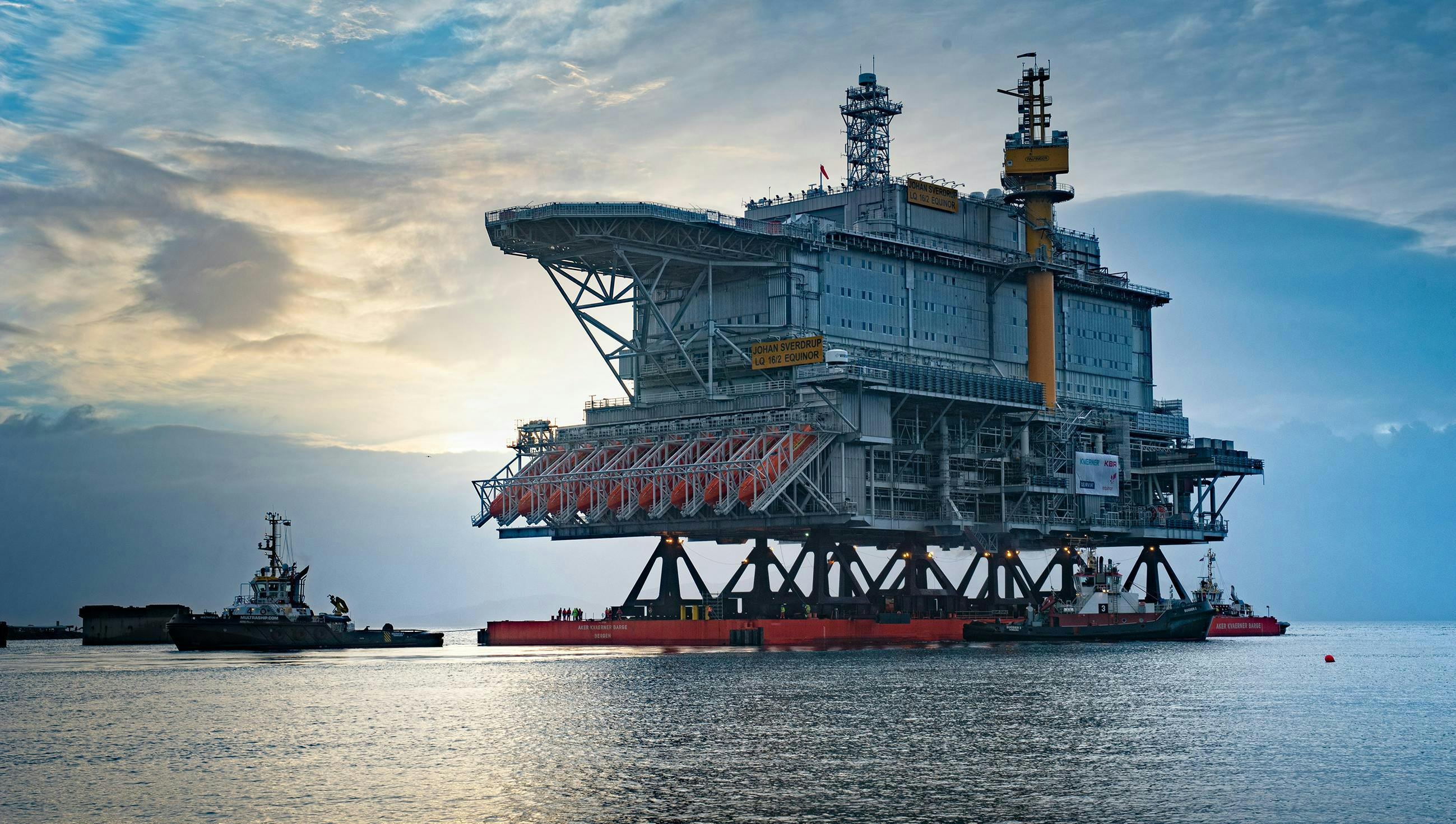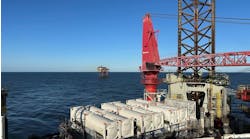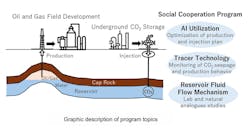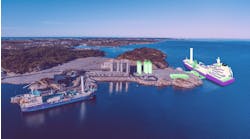Data analytics in offshore projects play crucial role in achieving net zero
Editor's note: This article first appeared in the 2024 Offshore Business Strategies Special Report, which published within the May/June 2024 issue of Offshore magazine.
By David Cole, KBR Project Solutions
The offshore sector, pivotal in the UK's energy landscape, faces increasing pressure to reduce its environmental impact. Mandatory reporting of Scope 1 and 2 emissions is just the start. The challenge intensifies with Scope 3 emissions, where reporting is not yet mandatory but is becoming stricter with many energy companies already committing to challenging emission reduction targets. This article explores the current challenges the offshore sector faces, highlighting the need for accurate accounting of life-cycle emissions, and discusses the possibilities for a comprehensive method of quantifying emissions to deliver a cleaner future.
Complexities of carbon emissions
Accurate carbon accounting in offshore projects is fraught with challenges. Inconsistencies in data gathering, driven by the lack of an accurate model of offshore installations, hinder comparative analysis across the industry. The variations between standards (e.g., the Greenhouse Gas Protocol and the US’ Generally Accepted Accounting Principles) as well as unreliable application of these standards for offshore installations, necessitates specialized expertise. This is particularly true for emissions from the wider Scope 3 activities such as equipment manufacture, fabrication, and transport and installation activities, which are complex aspects of offshore developments.
The industry's efforts in reporting have been uneven, often relying on qualitative methods or methods that have been designed for buildings and infrastructure construction projects. With tightening regulations, there is a pressing need for a shift toward an analytical, data-centric approach. This move will not only enhance transparency but also enable targeted and effective emission reduction strategies.
Steps to reduce emissions through data analysis
1. Hindsight: what has happened?
Looking back at past developments and their life-cycle carbon emissions is crucial. It establishes a benchmark from which future offshore projects can aim to reduce emissions. This historical perspective is key to setting achievable reduction targets.
2. Oversight: why has it happened?
Once a benchmark is set, diagnostic analytics clarifies the broader context of the life-cycle emissions. By leveraging various data sources and employing graphical visualizations, companies gain a clearer understanding of emission trends and patterns in offshore execution.
3. Foresight: what will happen?
Predictive analytics, particularly those augmented by machine learning, offers insights into potential future scenarios. They enable assessment of the environmental impact of offshore designs, informing more sustainable development paths.
4. Insight: what should be done?
Using prescriptive analytics creates actionable insights to fine-tune project designs to minimize future carbon outturns. Simulations and data-driven suggestions lay the groundwork for effective decarbonization strategies.
5. Right sight: what if?
Exploring 'what if' scenarios is fundamental. Cognitive analytics facilitates this exploration, allowing companies to consider alternative strategies and solutions, fostering a deeper understanding and guiding the adoption of sustainable, low-carbon energy practices.
KBR develops solutions for accurate carbon accounting and analysis, enabling informed, data-driven decisions in the offshore sector. This approach is beneficial for compliance with emerging regulations, such as the EU’s Carbon Border Adjustment Mechanism tariff, as well as for identifying and implementing effective carbon reduction strategies.
Future of emissions reporting
The growing need for detailed emissions reporting in offshore projects is undeniable and will be compounded by increasing expectations from shareholders to achieve corporate sustainability goals. Adopting advanced data analysis techniques, from benchmarking historical projects to predictive modeling and cognitive analysis, is crucial to understand the full lifecycle of carbon emissions. This comprehensive approach enables accurate and detailed assessments of emissions, facilitating better decision-making throughout the lifecycle of offshore projects.





